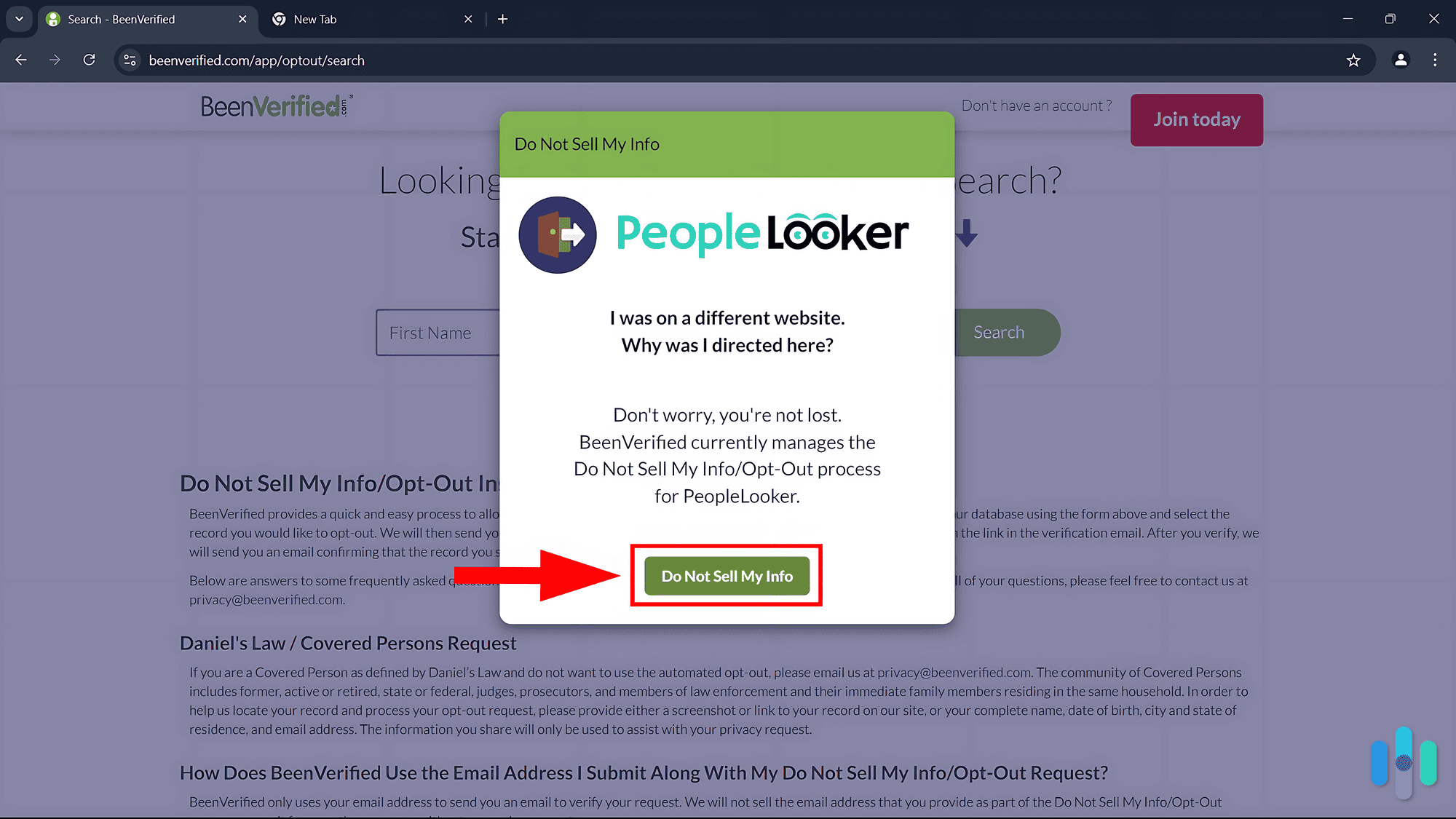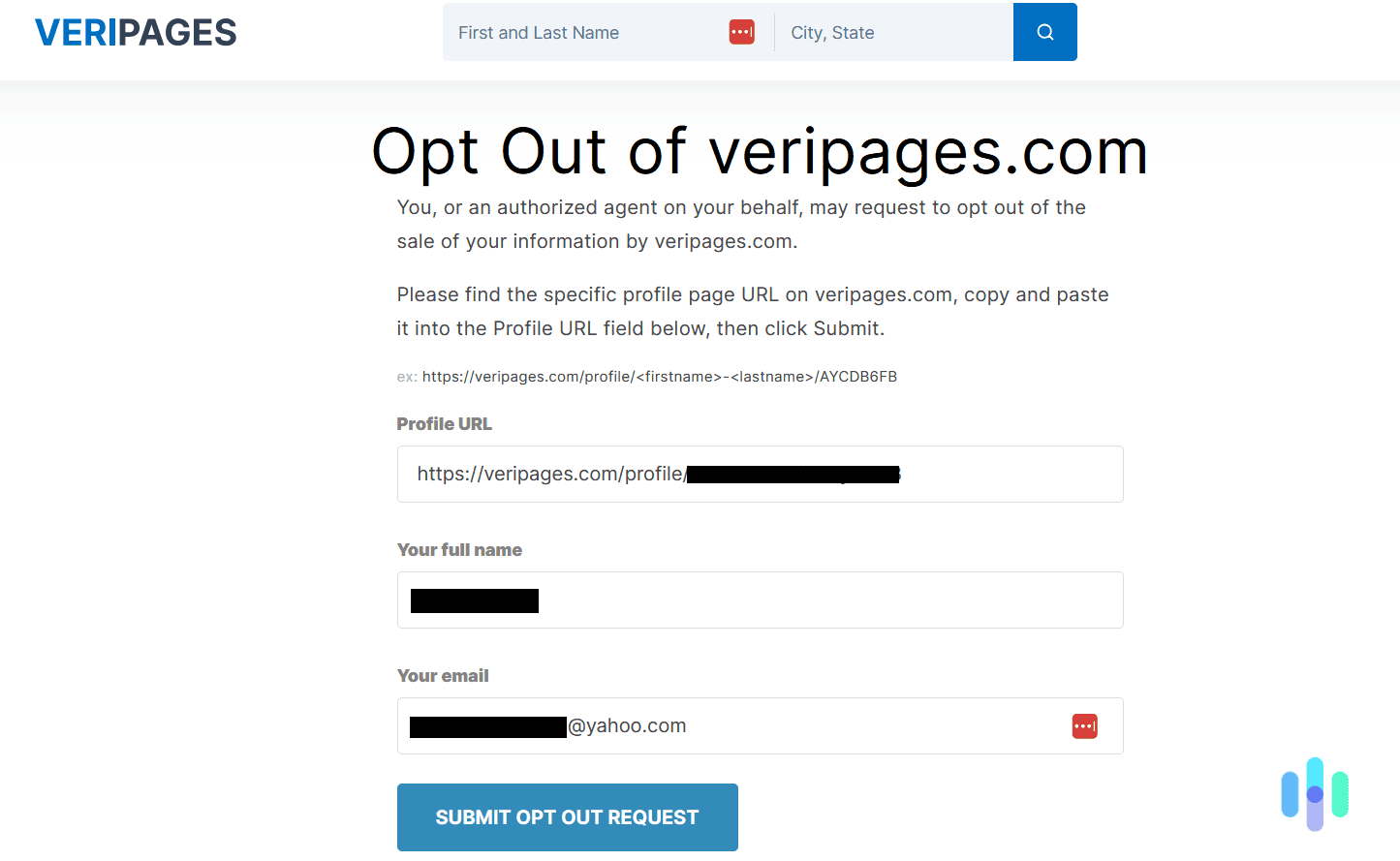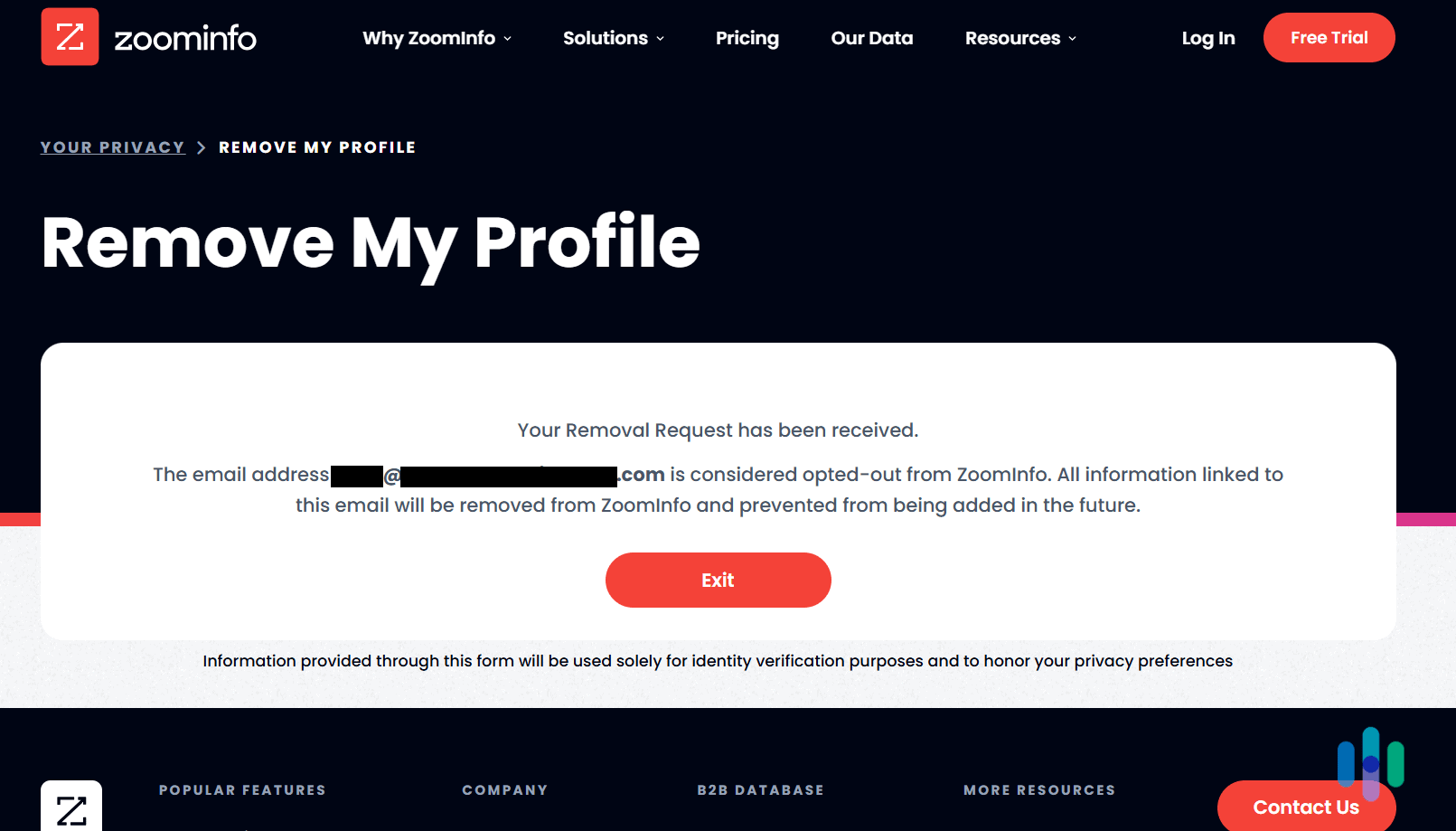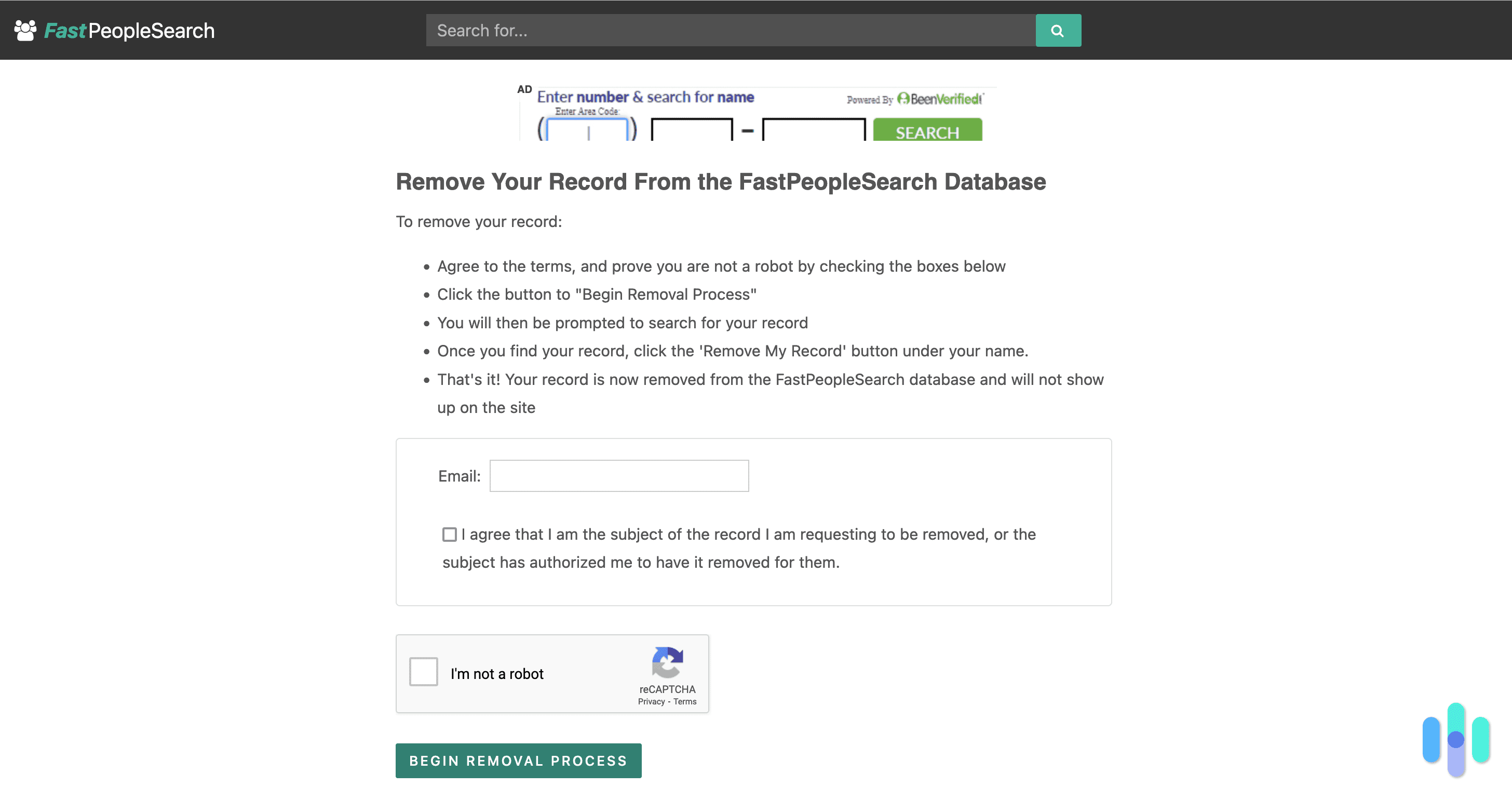As children, we always enjoyed those family tree projects in grade school. But now that we’re adults and so much more aware of the importance of data privacy, we learned that revealing your ‘genealogy’ can actually help scammers target you. They can use information like addresses of close family members to craft targeted phishing attacks or even impersonate long-lost relatives to scam you. And the thing is, you don’t have to create your own family tree; there are people search sites like FamilyTreeNow that hold records of people’s known relatives.
We strongly suggest opting out of FamilyTreeNow, and that’s why we created this guide. It’s actually really easy to opt out. You can do it in less than 30 minutes. But if you’re really serious about clearing your information from the internet, we found another nifty solution called Incogni. We’ll also show you how it works on FamilyTreeNow in a second, but for now, let’s stick to FamilyTreeNow’s actual opt-out process.
FYI: Incogni is a data removal service. It removed our records from over 100 data broker, people search, and genealogy sites — including FamilyTreeNow — in about a week. It also kept our data off those same sites for as long as we kept paying for the service. Our one-year Incogni plan cost us $89.98.
What Is FamilyTreeNow?
FamilyTreeNow is a genealogy website, much like an off-brand Ancestry.com,1 but free. When you type in a person’s name, it will show you information like possible relatives and associates, current and past addresses, phone numbers, and other contact information. Those alone are plenty, but if you click on any of the relative or associate’s name, you’ll see the same types of personally identifiable information about them. That means anyone can get information about not only you, but your entire family.
How to Opt Out of FamilyTreeNow
Unlike many people search sites, FamilyTreeNow has a dedicated opt-out tool where the steps on how to take down your records are clearly listed. It’s a five-step process.
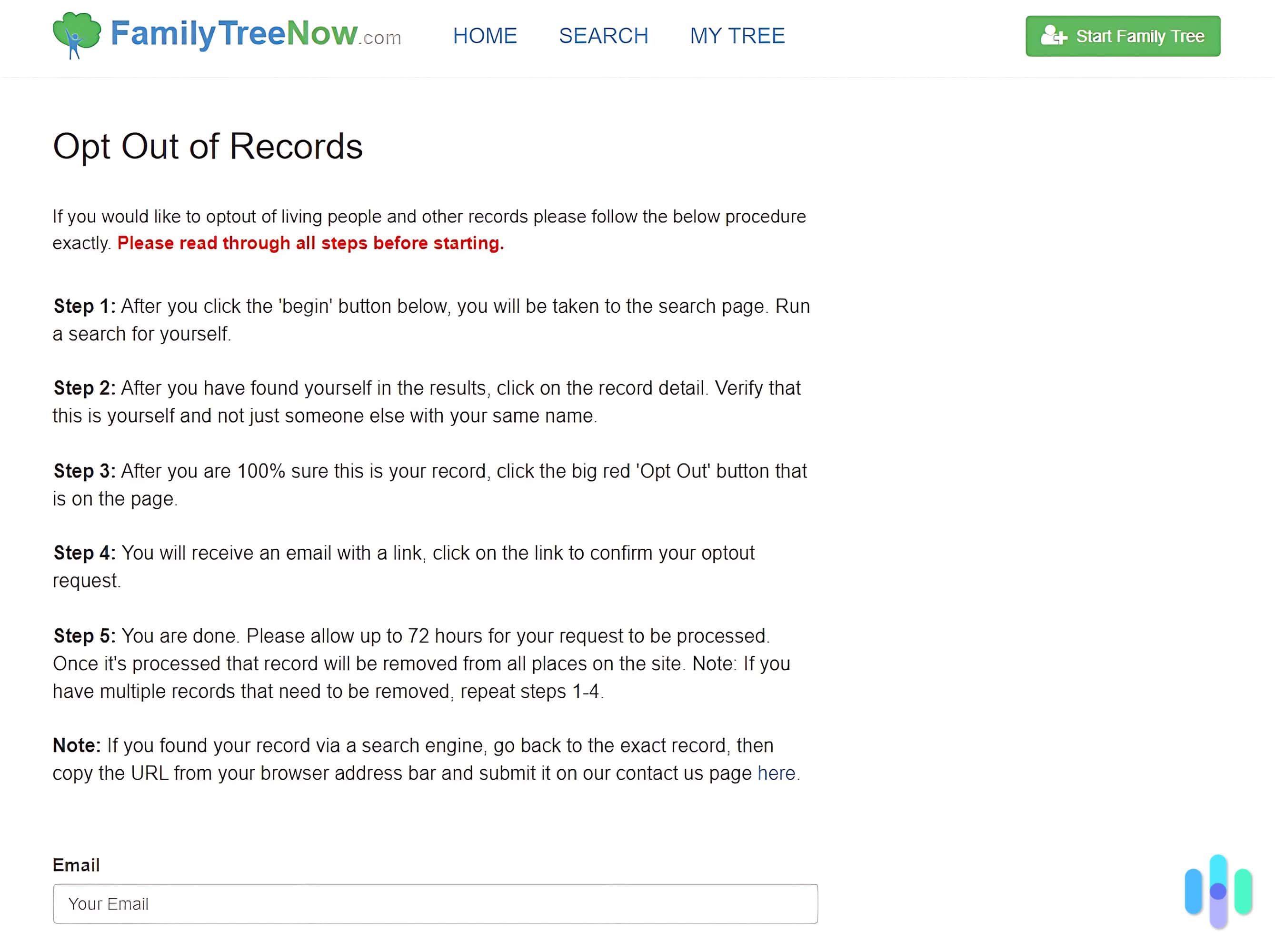
The opt-out tool is not so easy to find though. It’s not on the sitemap in the footer of the FamilyTreeNow homepage. You have to go to the “Do Not Sell My Personal Information” page first by scrolling all the way down to the bottom of the homepage. Once you’re there, you’ll find the link to the opt-out tool under “How to delete.” (See the screenshot below)
Pro Tip: Whenever you’re trying to opt out of a people search service, you should always check the “Do Not Sell My Personal Information” page. A lot of data brokers put links to the opt-out page there — like FamilyTreeNow — or make it their opt-out page — like when we removed our records from PeopleLooker.
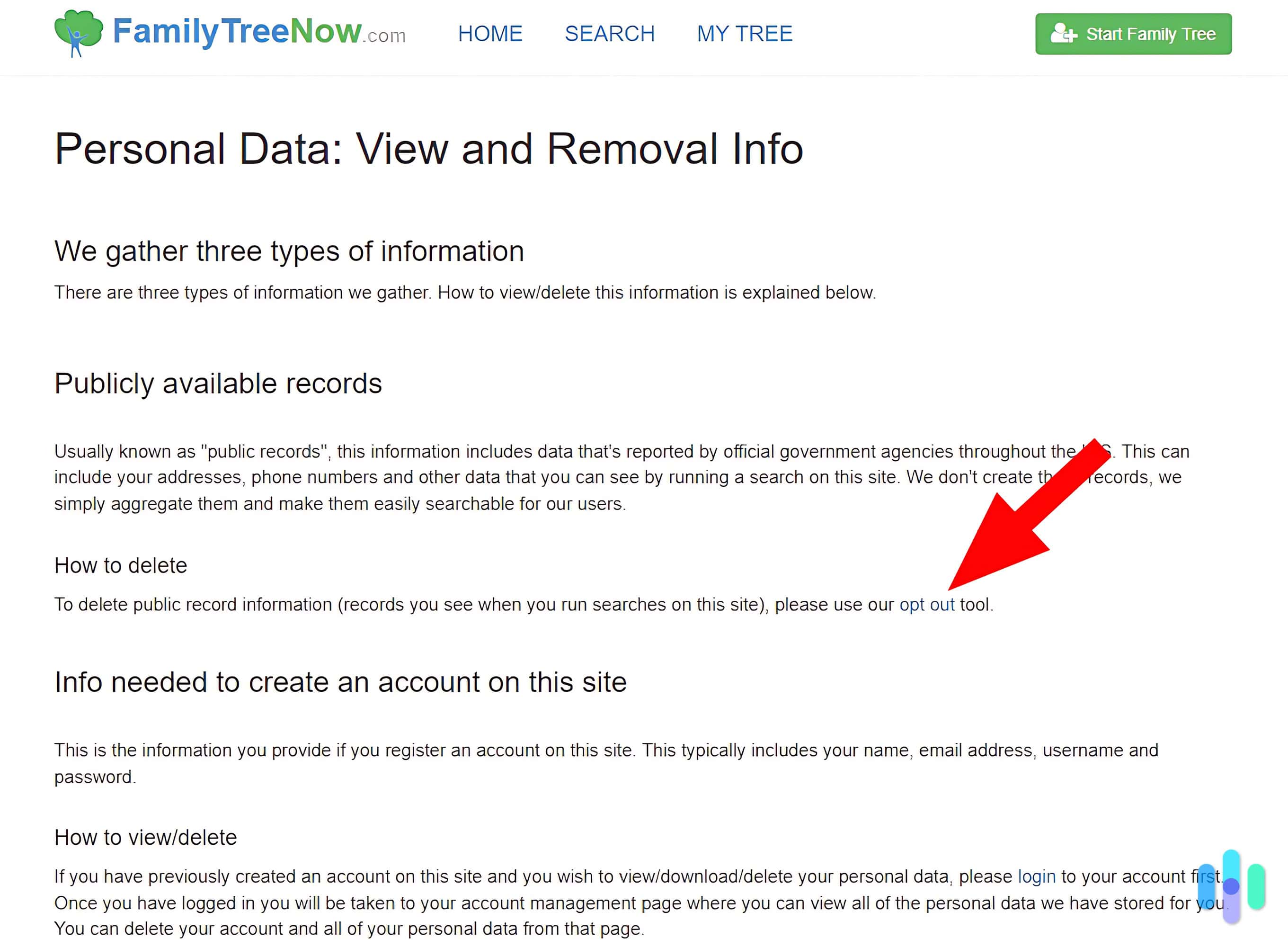
Once you find the opt-out tool, here’s what you need to do.
- Type in your email, do the hCaptcha, and click “Begin Now.” Do those in that order. It will take you to the next page, where you can search your records.
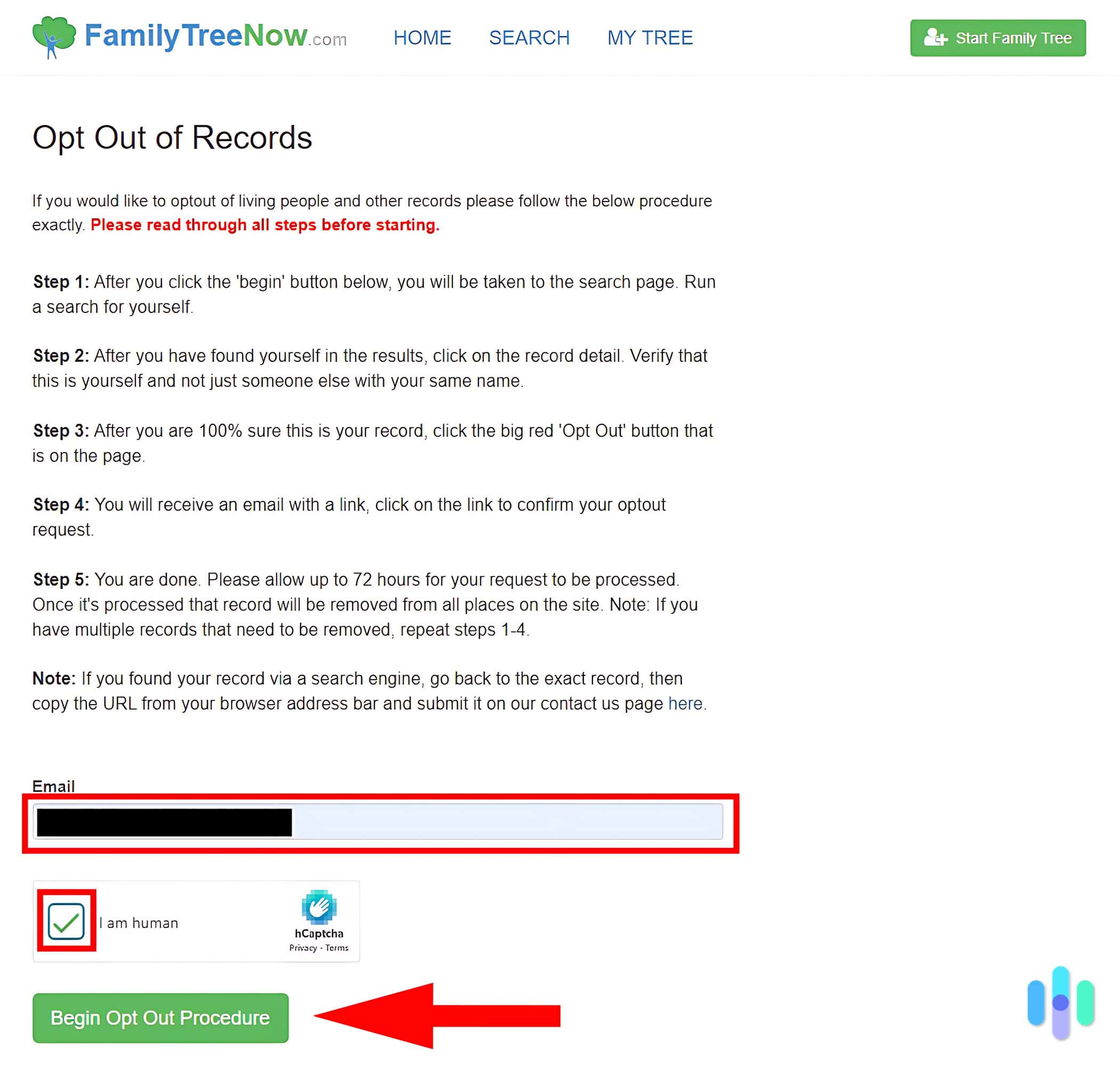
- Search the records that match your personal information. We suggest being a little more general, so just fill in your first and last name. That way, if there are any records of yours that aren’t 100-percent accurate, you’ll see them too. This happened to us when we opted out of CheckPeople. We found a profile that matched all our information but our age.
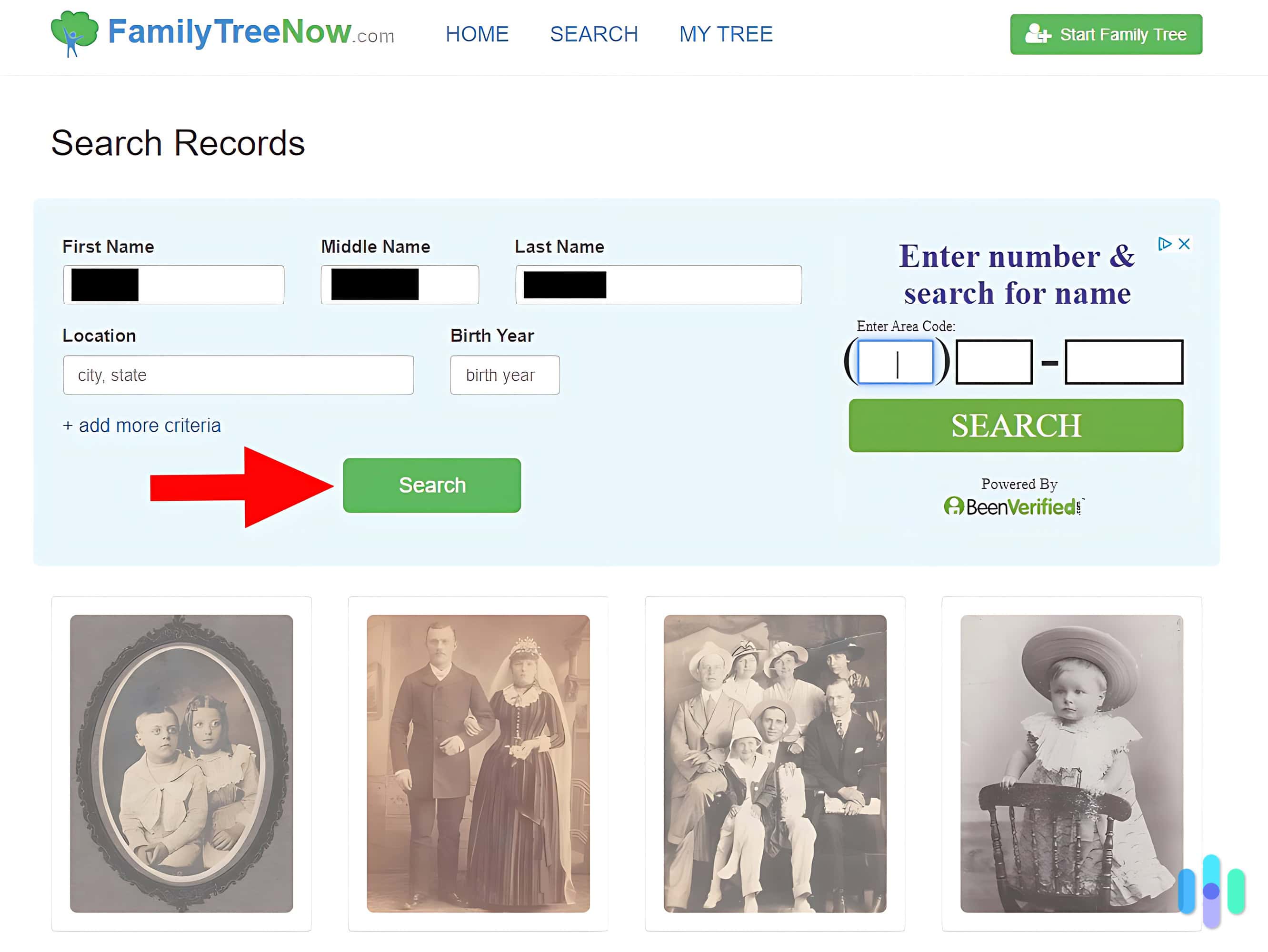
- Compare the results and find which one best matches your information. Note that you might see multiple records, but you can only opt out one at a time. So start with the one that is most accurate, and then repeat everything from step one until you’ve opted out for all your records.
Expert Advice: While you might be tempted to remove only the most accurate record, you should request the removal of all records that might pertain to you. Even though they are not completely accurate, they might contain sensitive information that can still be used by criminals to scam you or steal your identity.
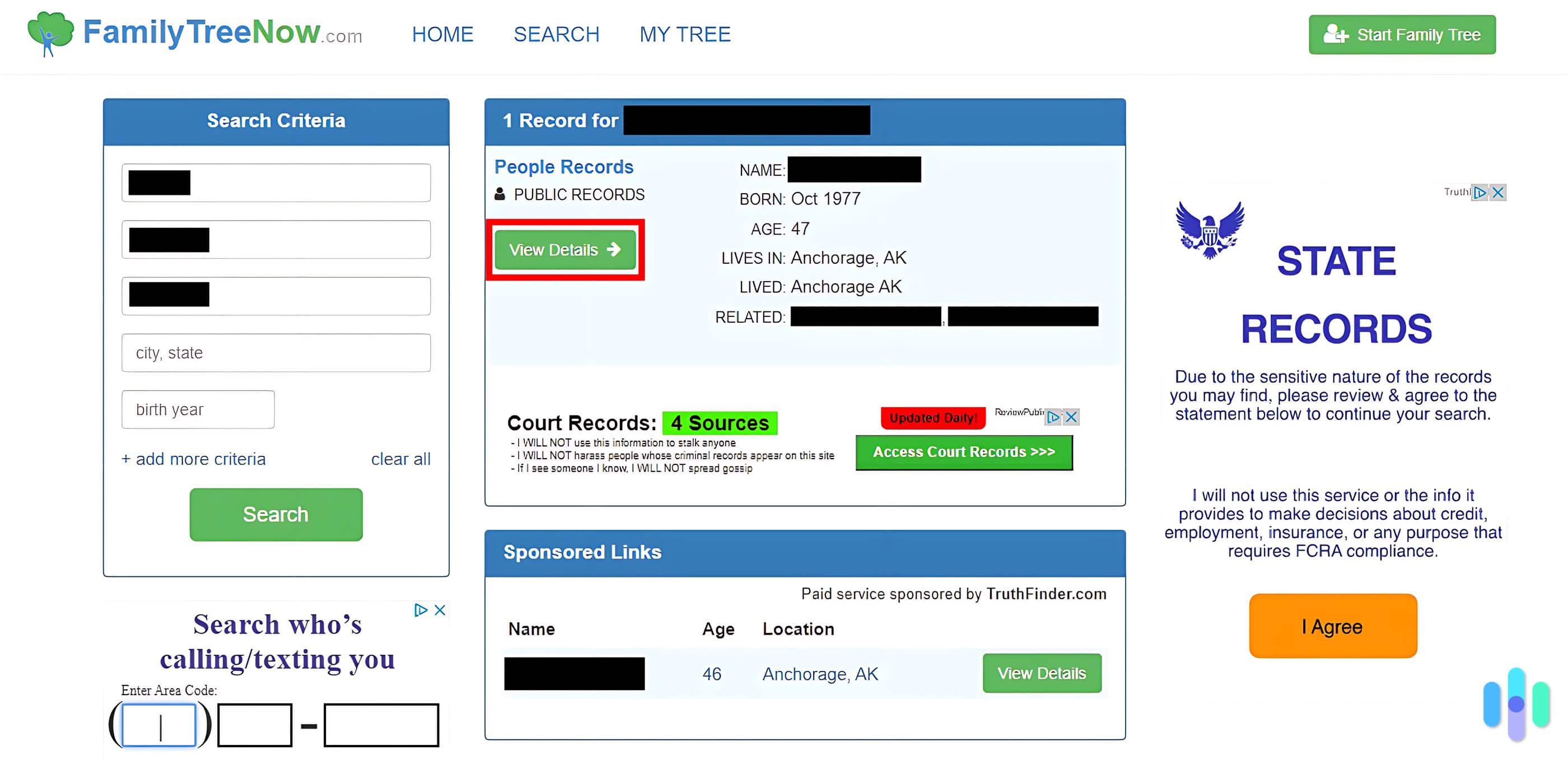
- Double-check the record and click the “Opt Out This Record” button. You can’t miss it. That said, when we first attempted to opt out, that button was nowhere to be found. It seems that we took too much time in the previous steps (taking screenshots of the process) that the website ‘forgot’ we were opting out. It showed us the standard search result page instead. If that happens to you, just start from step 1 again and try to go through the steps a little quicker.
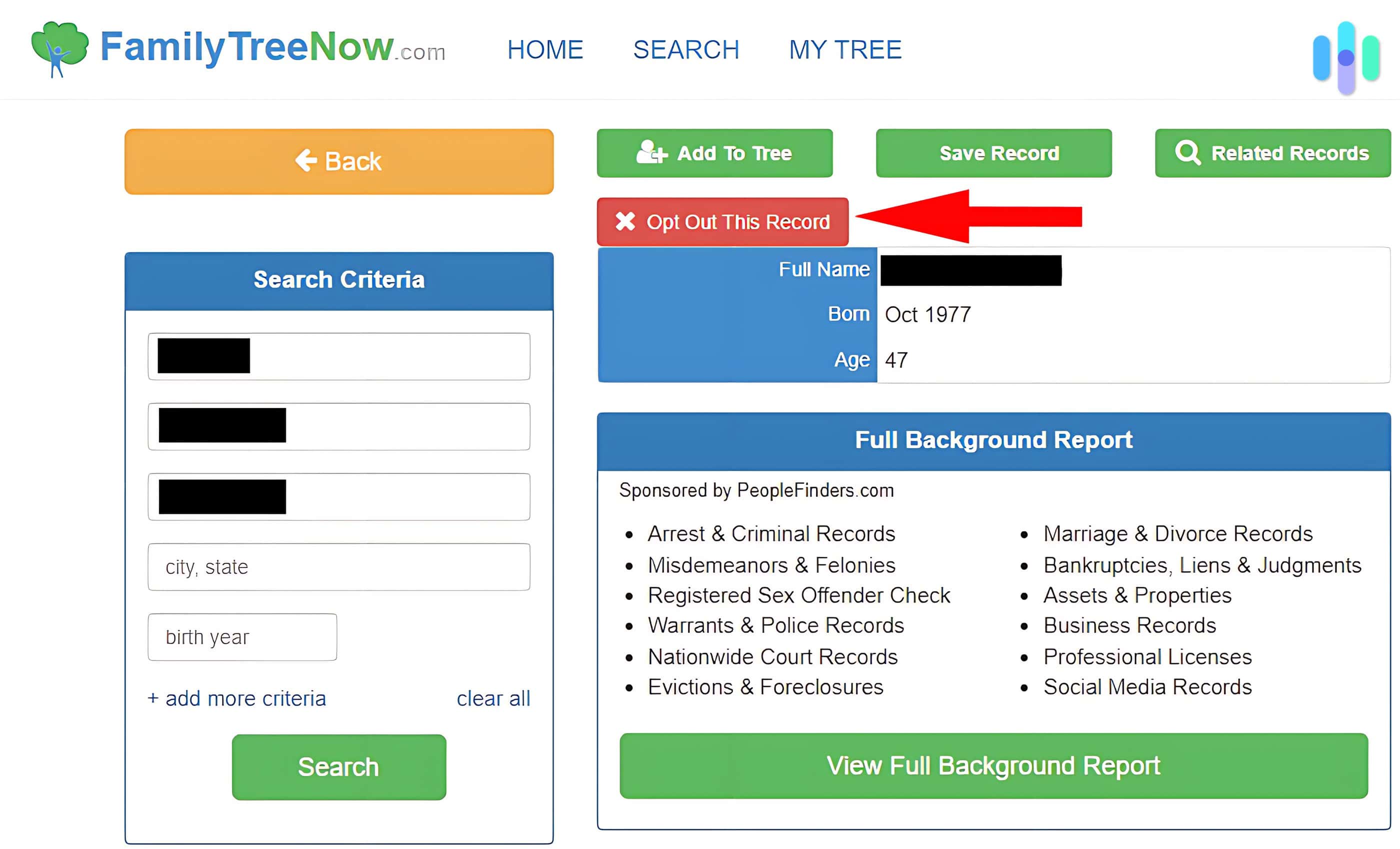
- Verify your opt-out request via your email. Check the email you entered in the first step or your spam folder. You should see an email from FamilyTreeNow with the subject “Please complete your opt out request.” Click the verification link. You should see this page afterward.
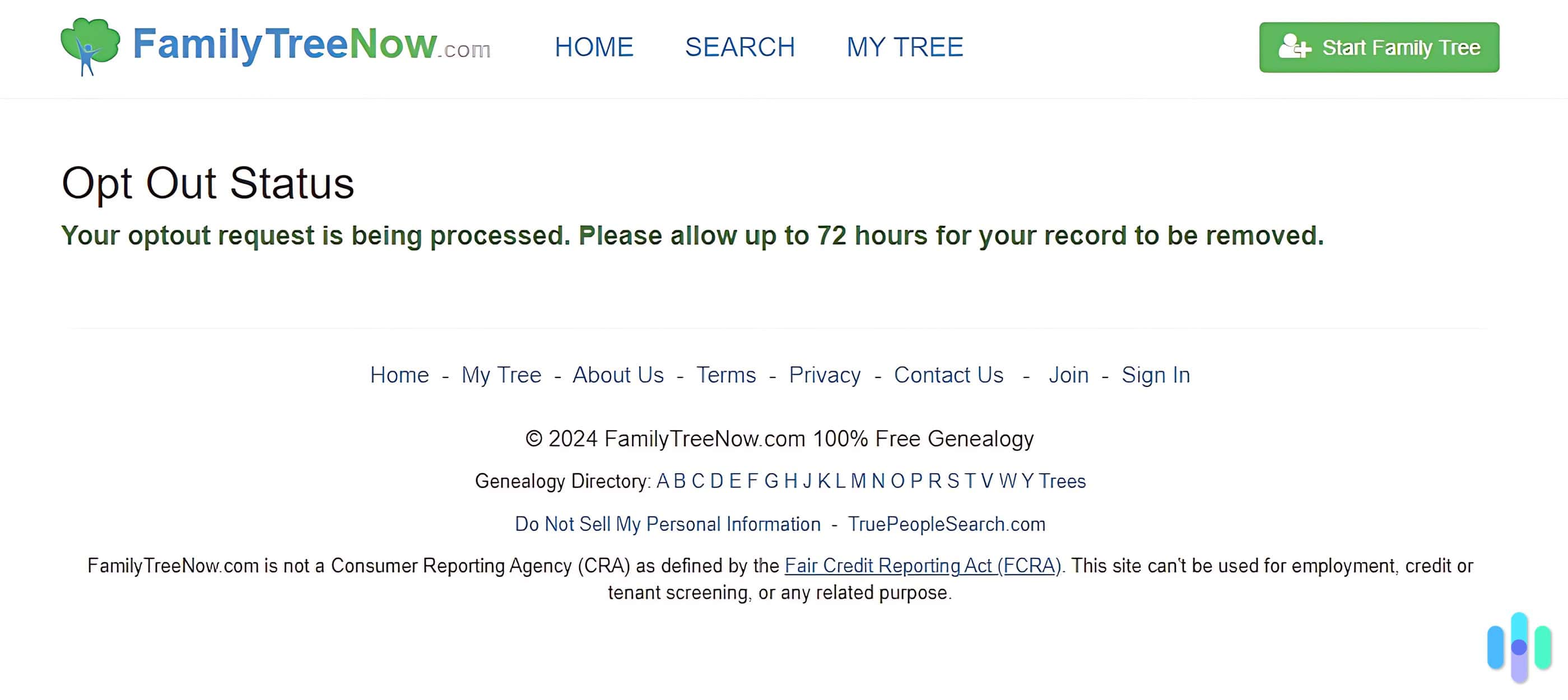
FYI: We checked the record we requested to be removed after 24 hours and it was already gone.
How to Opt Out of FamilyTreeNow Using Data Removal Services
Manually opting out of FamilyTreeNow was surprisingly easy — not like when we opted out of TruthFinder — but we found the endless hCaptchas annoying. It was almost enraging. We had to complete an hCaptcha after every page. We’re not sure if FamilyTreeNow was just being thorough with its security or if it was annoying us into not going through its opt-out process.
In any case, we know for a fact that our lives would have been easier if we had just used a data removal service. The best data removal services will make you enter your personal information just once, and then work in the background to check people search sites and automatically submit removal requests on your behalf. You won’t have to lift a finger.
Right after setting up Incogni — currently our top-rated data removal service — it found and requested removal of our information from 79 data broker sites. Within the first week, it found 50 other records. Of those 129 total records it found, 100 were successfully removed in just the first seven days.
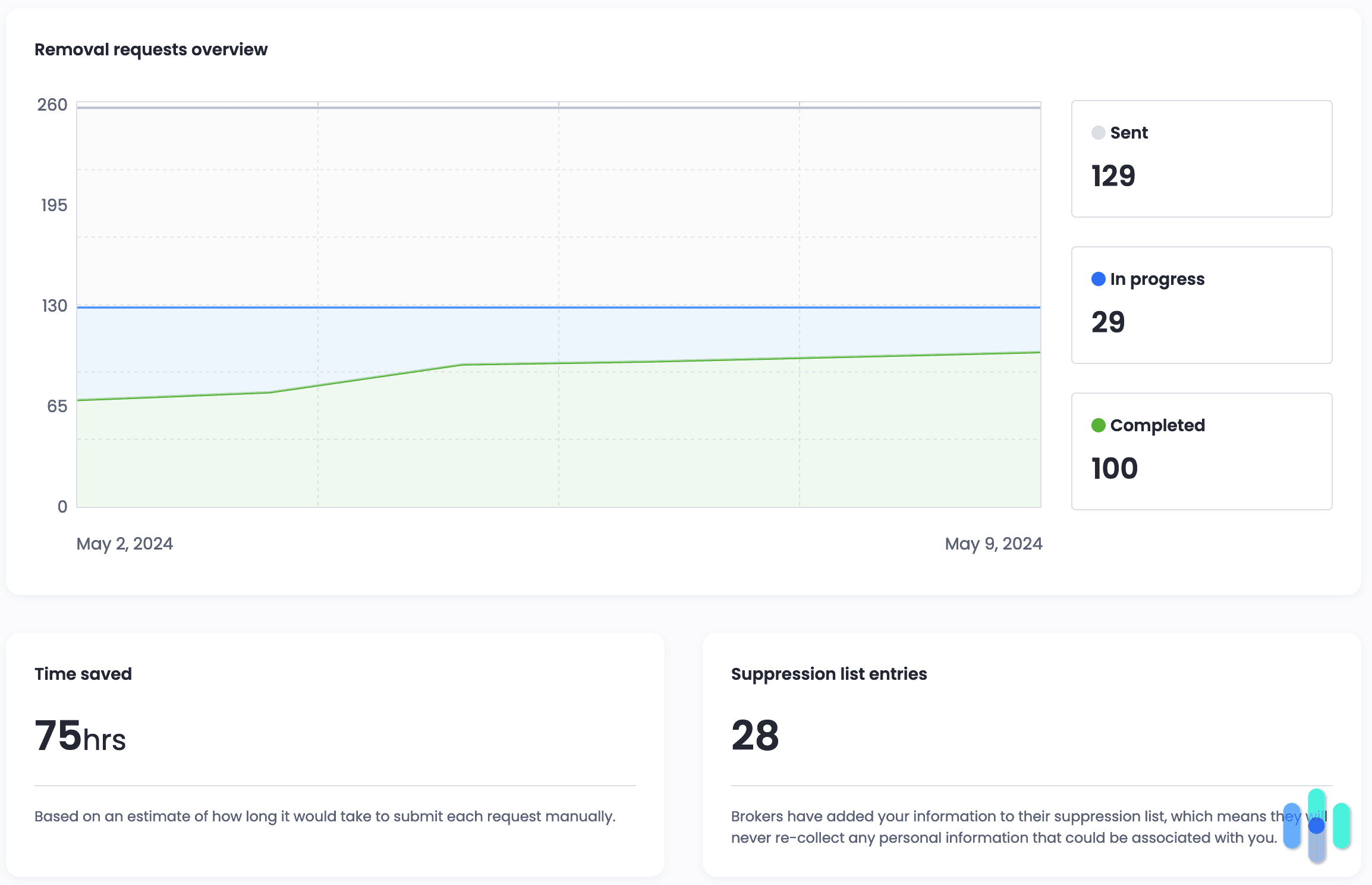
Incogni makes it easy to search for your information and remove it from FamilyTreeNow.

What Happens After You Opt Out of FamilyTreeNow?
So you’ve opted out of FamilyTreeNow; now what’s next? Well, the thing about opting out is that it removes records FamilyTreeNow currently has on you, but it doesn’t prevent the site from gathering your information again in the future — especially if it pops up from a different source. That’s why you should check FamilyTreeNow every six months or so. We give the same advice after opting out of most people search sites, except USPhoneBook, which actively avoids creating profiles of people who have opted out before.2
Pro Tip: If you have an ongoing subscription to a data removal service, they will continue to monitor sites they have opted you out of before to see if your record pops back up.
You should also note that opting out of FamilyTreeNow removes only your records, not that of your listed known relatives and associates. That means you have to opt out for every member of your family. That’s another reason we recommend using a data removal service. Incogni, for example, has a family plan with up to five members for as low as $16.49 per month.
Why Opt Out of FamilyTreeNow?
The data itself that FamilyTreeNow publishes on its website is searchable; it doesn’t publish confidential information. However, because it aggregates and compiles data from multiple sources, it makes it easier for others to see the bigger picture of who you are. That makes you an easier target for online scams and identity theft.
A people search site like FamilyTreeNow that publishes information of possible relatives can also pose physical dangers — not only to you but to your loved ones as well. Picture this: Someone who has a grudge against you can easily find your closest relatives, where they live, and how to contact them.
So yes, opting out of FamilyTreeNow is the right thing to do. The dangers may not be immediate, but they are there. And an ounce of prevention is always better than a pound of cure.
>> More Opt Outs: How to Opt Out of PeopleWhiz
Recap
The silver lining is that opting out of FamilyTreeNow is easy to do. It provides you with a straightforward opt-out tool that, in our experience, takes no more than 15 minutes to use. You can also use the tool to opt out your family members because you don’t have to own the information you’re requesting to remove — you only need a valid email address.
However, FamilyTreeNow is just one of the hundreds of people search sites populating the internet. So if you’re serious about protecting yourself against identity theft, you should make an effort to remove your name from the internet. And while you’re at it, you should also remove other information like phone numbers and your physical address. The best way to do that, in our expert opinion, is to use a data removal service.
Frequently Asked Questions
-
Is FamilyTreeNow legal?
Unfortunately, yes. FamilyTreeNow is completely legal, as it only collects and publishes publicly available data. That said, there are laws in the U.S. that necessitate businesses like FamilyTreeNow to honor opt-out requests, such as the CAN-SPAM Act.
-
Is there a fee to opt out of FamilyTreeNow?
No, there aren’t and shouldn’t be any fees to opt out of FamilyTreeNow and other people search sites. It is your right to request the removal of your personal information, whether that information is publicly available or not.
-
Are FamilyTreeNow’s genealogy records accurate?
FamilyTreeNow bases its genealogy records on public records such as census data dating back to the 1800s. However, all genealogy sites on the internet should be taken with a grain of salt. They are only as good as the records they have, and without actual DNA testing, it’s difficult to gauge a genealogy site’s accuracy.
-
Why does FamilyTreeNow have my information in the first place?
FamilyTreeNow gets information from a wealth of publicly available records — both online and offline. And as long as it can find your name and other personal information from those records, it can create a profile about you.
-
Why is FamilyTreeNow taking me to a different site while I’m trying to opt out?
The entire opt-out process takes place within the FamilyTreeNow website. If you’re taken to a different website, you most likely clicked on one of the sponsored ads scattered throughout FamilyTreeNow’s webpages. These ads appear as if they are a part of the page — often promising to show you more information about your profile — but they actually lead to a subscription-based people search sites like BeenVerified and PeopleFinders.


